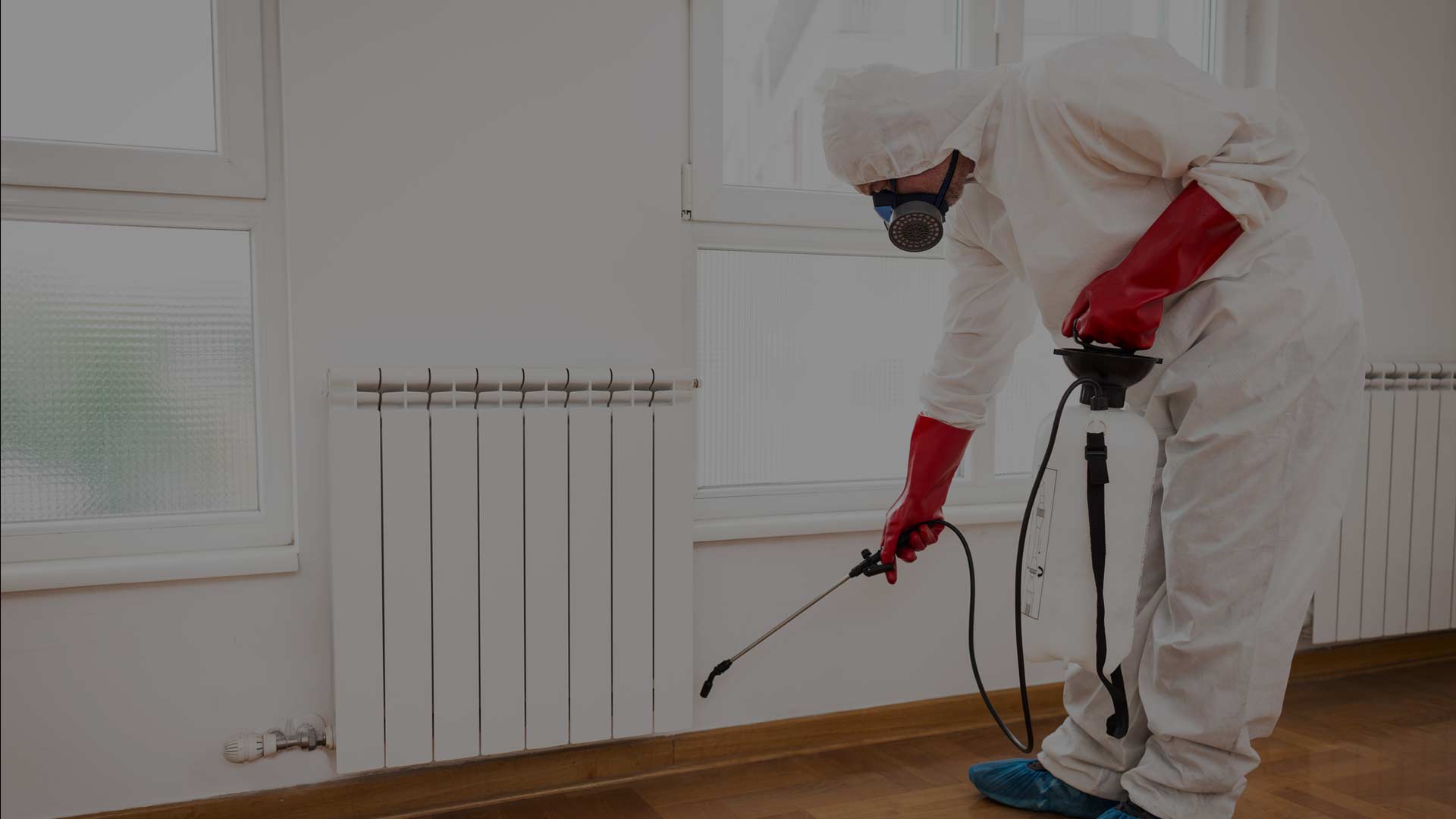Proven Bed Bug Heat Treatment: Eradicate Bed Bugs with Heat!
Proven Bed Bug Heat Treatment: Eradicate Bed Bugs with Heat!
Blog Article
Professional Pest Control Techniques for Long-Term Outcomes
In the realm of parasite control, accomplishing sustained efficiency and long-term outcomes calls for a careful strategy that goes beyond simple elimination. Expert insect control techniques encapsulate a thorough method that begins with a thorough inspection and analysis, adhered to by specific parasite identification to understand their actions patterns. The application of Integrated Insect Management (IPM) concepts, paired with eco-conscious treatments, forms the cornerstone of lasting insect removal. The true test exists in the continuous tracking and maintenance of the dealt with locations, guaranteeing a pest-free setting for the direct future. By delving right into the details of these methods, a much deeper understanding of professional bug control methods for sustaining outcomes arises.
Examination and Analysis
Upon going into a home for insect control services, the initial step is a comprehensive evaluation and evaluation to identify the extent of the problem and establish one of the most efficient treatment plan. Specialist bug control technicians are educated to diligently check out the premises, trying to find indications of pest activity such as droppings, munch marks, nests, or any kind of structural damage. They will additionally evaluate the conditions that might be bring in bugs, such as food resources, water leakages, or entrance factors.

Bug Recognition and Behavior

In addition, recognizing the habits of the recognized parasite is vital to applying effective control actions. For example, understanding where pests nest, what they prey on, and their task patterns can help pest control professionals design approaches to remove them effectively. Some parasites may be nocturnal, while others are extra energetic during the day. This expertise enables the application of treatments at optimal times insect removal companies for optimum efficiency.
Integrated Bug Management (IPM)
Integrated Parasite Administration (IPM) approaches integrate numerous methods to regulate and avoid parasite infestations in a lasting and ecologically pleasant manner. pest control near me. By integrating techniques such as organic control, habitat control, alteration of cultural methods, and using resistant ranges, IPM intends to reduce the usage of chemical pesticides
One of the crucial principles of IPM is the focus on prevention. This aggressive technique involves surveillance parasite populations on a regular basis to spot any kind of prospective concerns before they intensify. By identifying bug issues early on, pest control actions can be executed promptly and properly.
Moreover, IPM advertises using non-toxic insect control approaches whenever possible. This can include using natural predators of the bugs, presenting beneficial insects, or read this using pheromones to disrupt mating patterns. By minimizing dependence on chemical pesticides, IPM not just protects the environment however additionally helps maintain an equilibrium in the ecological community.
Environmentally-Friendly Treatments
Executing eco-conscious approaches in parasite control treatments can successfully resolve invasions while prioritizing environmental sustainability. Environmentally-friendly treatments concentrate on reducing the impact of insect control techniques on ecological communities, non-target microorganisms, and human wellness. These approaches frequently include the use of all-natural killers, such as ladybugs or nematodes, to manage pest populations, reducing the requirement for chemical interventions. In addition, methods like environment adjustment, such as readjusting moisture degrees or eliminating food resources, can help prevent insects without using hazardous compounds.
Another trick aspect of environmentally-friendly therapies is making use of natural and biodegradable items that damage down quickly without leaving hazardous deposits in the environment. Organic pesticides originated from plants like chrysanthemums or neem supply effective bug control while posing very little threat to non-target species. Additionally, using methods like warm therapies or pheromone traps can target details pests with accuracy, decreasing the total environmental influence of pest control methods.
Recurring Tracking and Upkeep
Continuous security and upkeep are necessary components of efficient parasite control management. Continuous surveillance plays an important duty in ensuring that insect invasions are found very early and dealt with promptly. Normal examinations by experienced specialists are essential to identify any kind of signs of insect task, examine the performance of previous therapies, and make changes to the pest control plan as needed. By keeping track of insect populations gradually, bug control professionals can track patterns, expect prospective problems, and apply preventive pest control agency measures to minimize the risk of future problems.
Along with surveillance, maintenance methods are vital for long-term bug control success. This consists of implementing appropriate hygiene actions to get rid of possible food and water sources for insects, sealing access indicate avoid parasites from entering the facilities, and dealing with any structural concerns that might help with bug infestations (pest control). By integrating ongoing surveillance and maintenance right into an integrated bug administration approach, organizations can make sure a pest-free setting and secure their home versus costly damage and wellness threats
Conclusion
Finally, making use of professional insect control methods such as thorough evaluation and evaluation, precise bug recognition and understanding of their habits, incorporated pest monitoring approaches, environmentally-friendly therapies, and ongoing tracking and maintenance are necessary for attaining lasting results in pest control. By implementing these approaches, people can effectively manage insect invasions and keep a pest-free atmosphere in a sustainable fashion.
Report this page